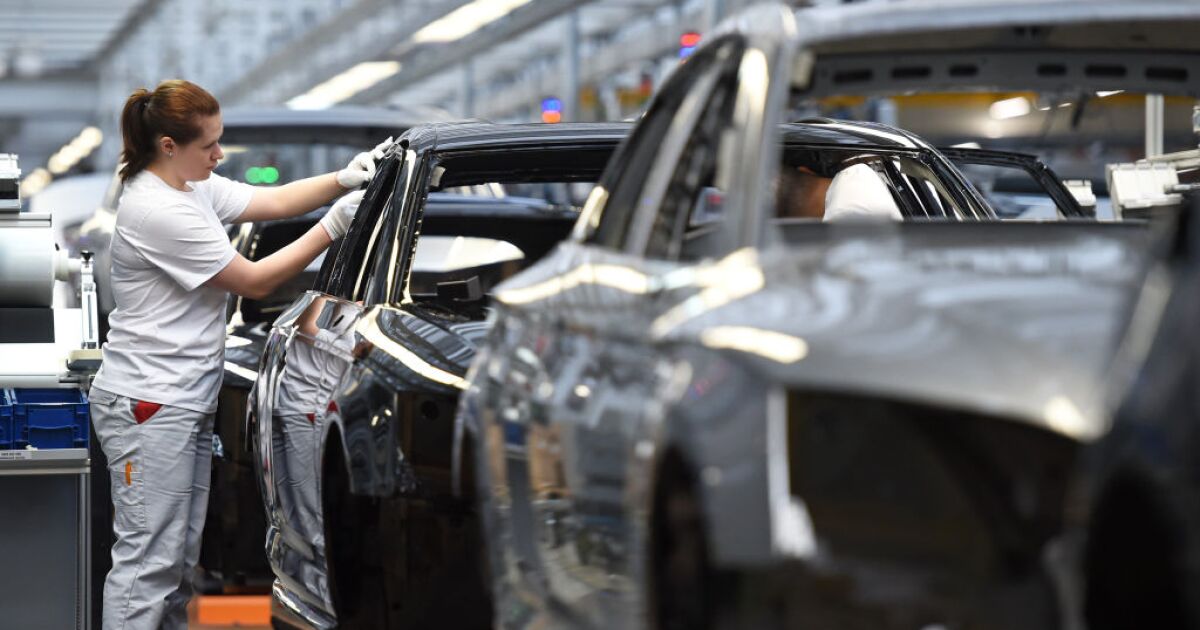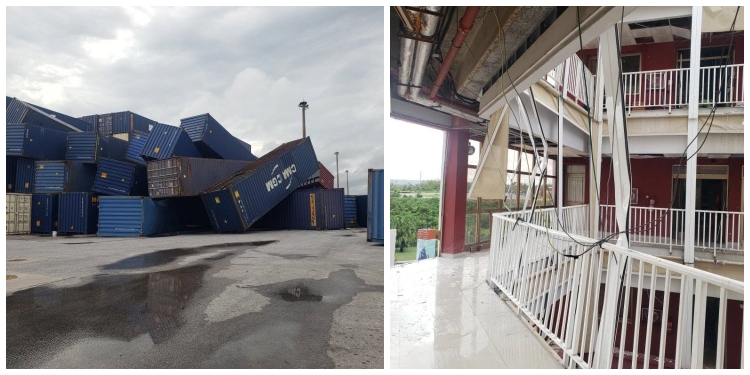For Stephan Keese, managing partner of Roland Berger in the United States, it makes a lot of sense for the Chinese to locate in the Mexican market, since it is the largest in the region, with three objectives: the first, to achieve a greater market share in the country, something they are already achieving; Second, it is easier to reach and better serve other countries in the region such as Costa Rica, Peru and Chile, as they can establish a local supply chain and an after-sales network, which continues to be one of the greatest weaknesses.
And ultimately, long term, they are looking at the US market and will eventually find their way into it. But the Chinese have a long-term vision. This is a 10 or 15 year plan for them.
“We will see a continued increase in manufacturing in Mexico of Chinese brands. We will see more and more companies establishing themselves here. This doesn’t mean it will be an automatic success for them. I think we are also a bit in the typical fashion cycle. All consumers are currently attracted to new, low-cost vehicles that are relatively well equipped compared to some of their American or European counterparts.
So they are attractive to consumers. But I think people will also understand that there are disadvantages in after-sales and service quality. “I think this will be a natural learning curve as it has been in other parts of the world,” says Keese in an interview with Expansion.
There are two examples in Latin America of the arrival of these Chinese companies and the time it took for their consolidation: Brazil and Colombia, which one is Mexico closer to?
Keese says the first Chinese entered Brazil in around 2010, and they’re not quite there yet. Now they are in the second wave of investment. That has a lot to do with the Brazilian economy, which is very closed.
Colombia, which is much more open, estimates it probably took five to eight years.
“(In Mexico) I think this is much more similar to Colombia because it is an open economy. You have an established supply chain. “There is a relatively high acceptance of Chinese brands here.”
But there is a big unknown: How will the US government react and will regulatory and political pressure be put in place to curb the influx of Chinese capital?
Joe Biden’s government is showing hardening against China, mainly in the automotive sector, for example, in May it announced a 100% tax on electric vehicles and recently proposed a ban on software and hardware from the Asian country in cars, while President-elect Donald Trump was the one who declared a trade war on them.
But China has a good reason for wanting to reach more markets, including Mexico, and even its impossible United States… it is the largest automobile market in the world. It has an annual production of approximately 27 million units and an annual installed capacity of approximately 38 million. Therefore, there are 11 million units above.
That has led to a situation where none of the Chinese automakers make any money, resulting in reduced prices and reduced profits.
“To manage some of their excess capacity and to improve their profitability, the Chinese are pushing hard in global markets, in Southeast Asia, the Middle East, Europe, South and Central America and, last but not least important, also in Mexico,” says Keese.
Some Chinese brands that have announced their intention to install plants in Mexico are Chirey, GWM, BYD and MG, but so far there is nothing specific.
Mexico continues to be complicated for Chinese companies. A survey carried out by Deloitte indicates that the country is still perceived as challenging, since 75% of those surveyed consider that it is difficult or very difficult to do business.
The most relevant issues are those related to local suppliers and labor.
In the first case, 78.6% of respondents consider that local suppliers represent a problem or disadvantage for their local operation, while 65.7% have a similar perspective regarding labor issues, such as language barriers, skills, retention and productivity. .
















